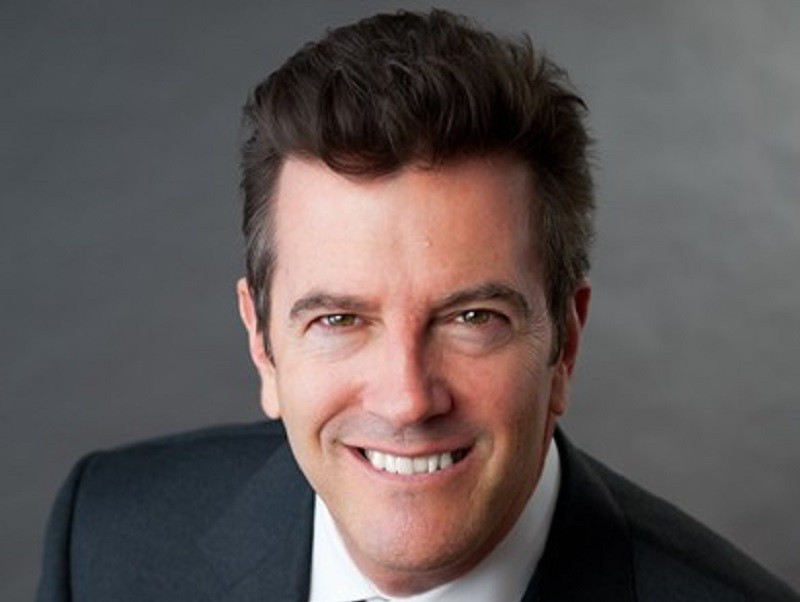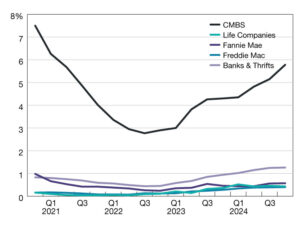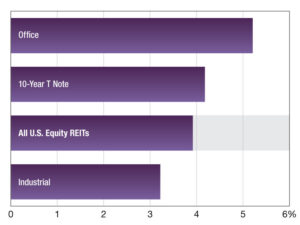When Economists Start Using the ‘S’ Word


Recent economic data points to a disturbing combination of a slowdown in economic growth coupled with rising consumer prices, essentially “stagflation,” which threatens the economy. Inflation and an economic slowdown rarely go hand in hand. Usually, both inflation and consumer demand fall during an economic downturn, and in most cases expansionary fiscal and monetary policies are enacted to help revive growth.
In fact, stagflation hasn’t occurred in the U.S. since the 1970s, when it was triggered by the OPEC crisis combined with poor government policy responses. The result was a deep economic recession coupled with double-digit inflation, interest rates and unemployment.
READ ALSO: Foreign Investment Down, but Not Out
Over the past few months, consumer sentiment has turned gloomy, labor markets appear to be weakening, and consumers are beginning to pull back. The stock market, which had enjoyed an extended period of strong returns, has also retrenched significantly. Closely watched inflation indicators have remained stubbornly above Fed targets. Concern regarding the economic impact of restrictive tariffs and general uncertainty about the direction of government is rampant. Many equity investors are on pause pending clarity on trade and economic policy. While a return to the disastrous 1970s economy is not anticipated, these are all signs of looming stagflation, which can have widespread negative impacts.
Stagflation’s impact on CRE
Commercial real estate will likely face challenges during a period of stagnant economic growth and rising inflation, resulting in reduced rental demand, higher operating and construction costs and potential property value erosion. Resurgent inflation could cause the Fed to retrench on its plan to lower interest rates, and instead raise them to combat inflation, triggering increased borrowing costs for investors and developers, potentially making projects less profitable and reducing investment activity.
On the other hand, CRE has historically been a hedge against inflation because property values and rental income tend to increase with inflation. To be sure, certain types of properties will likely perform better than others.
Office and retail property owners may be able to pass through higher operating costs to tenants if they have net leases. However, they already face reduced tenant demand and downward pressures on rents.
Demand for warehouses and industrial properties should remain steady, as businesses need to continue storing and distributing goods. But industrial properties may face challenges due to supply chain and consumer demand disruptions triggered by trade policies.
Medical office, health-care and senior housing properties will continue to see growth driven by the aging population.
As single-family home ownership grows further out of reach, the demand for multifamily and build-to-rent properties should remain robust.
Finally, both the hospitality and retail sectors could be adversely impacted by a downturn in consumer spending.
While some investors and developers are hitting the pause button, there may not be a need to panic. Historically, commercial real estate has performed relatively well during periods of stagflation, suggesting it can be a resilient asset class during today’s economic uncertainty.
Jay Maddox is principal, Capital Markets for Avison Young.
The post When Economists Start Using the ‘S’ Word appeared first on Commercial Property Executive.




